Illinois, Missouri, Oklahoma, Texas, New Mexico, California
Route 66, also known as the “Main Street of America” or the “Mother Road,” holds a special place in American history and culture. Stretching from Chicago, Illinois, to Santa Monica, California, this iconic highway played a significant role in shaping the nation’s identity, economy, and popular imagination.
Route 66 was established in 1926 as one of the original highways in the U.S. Highway System, connecting rural and urban communities across eight states. It served as a vital artery for westward migration during the Dust Bowl era of the 1930s, providing hope and opportunity to thousands of families seeking a better life in California. During the heyday of Route 66 in the mid-20th century, it became synonymous with the American road trip experience, immortalized in literature, music, and film.
The construction of the Interstate Highway System in the 1950s and 1960s led to the decline of Route 66 as a major thoroughfare, but efforts to preserve and promote its legacy have led to a revival of interest in recent years.
- Chicago, Illinois: Route 66 begins in the Windy City at the intersection of Adams Street and Michigan Avenue. While neither of us started here, we have visited the area and their are plenty sites to see.
- Check out our blog on Things to Do: Illinois
- St. Louis, Missouri: Home to the Gateway Arch, St. Louis offers a glimpse into the history of westward expansion.
- Check out our blog on Things To Do: St. Louis, MO
- Oklahoma City, Oklahoma: Explore the Oklahoma City National Memorial & Museum, which honors the victims of the 1995 bombing of the Alfred P. Murrah Federal Building.
- Check out our blog on Things to Do: Oklahoma
- Amarillo, Texas: This is one of our favorite stops includes the Big Texan and the Cadillac Ranch.
- See below for the full details on what to see and do when visiting Amarillo.
- Santa Fe, New Mexico: Immerse yourself in the rich history and vibrant arts scene of Santa Fe, the oldest capital city in the United States.
- Check out our blog on Things To Do: New Mexico
- Los Angeles, California: Conclude your Route 66 adventure in the City of Angels, where the highway ends at the Santa Monica Pier.
- Check out our blog on Things to Do: Los Angeles, California
The Same
As seasoned travelers, both parties have their own take on this iconic American road trip as part of a mid-west road trip. Though they didn’t actually do it from start to finish. Regardless of how you decide to do it, here are some of our highlights.
Amarillo, Texas is a city located in the Texas Panhandle, the seat of Potter County. It is the most populous city in the Texas Panhandle, with an estimated population of 201,291 in 2022.
Big Texan Steak Ranch
Enjoy a classic steak dinner at the Big Texan Steak Ranch before continuing your journey west. Amarillo is home to the famous Big Texan Steak Ranch, where visitors can indulge in a Texas-sized steak dinner. The restaurant is known for its 72-ounce steak challenge, where brave diners attempt to finish a massive steak, along with sides, in under an hour. The first time the Dink’s visited they prime rib was amazing and the Family enjoyed their steak as well. However, the second time we ordered delivery to our hotel and it ended up being overcooked. So definitely recommend eating there and enjoying the full atmosphere.
Cadillac Ranch
Make a pit stop at the Cadillac Ranch, a quirky art installation featuring a row of graffiti-covered Cadillac cars buried nose-first in the ground. This unique art installation features ten Cadillacs buried nose-first in the ground, creating a striking visual spectacle against the vast Texas skyline. Visitors are encouraged to bring spray paint and leave their mark on the cars, making Cadillac Ranch a constantly evolving work of art that reflects the creativity and spirit of Route 66 travelers. The Family came prepared and the kids enjoyed spraying the cars.
Route 66 Historic District
Route 66 Historic District, a six-block stretch of Route 66 that has been restored to its original 1950s appearance. Visitors can shop, eat, and explore the district’s many historic buildings.
The DINKs
Between Amarillo, TX and Santa Fe, NM we stopped at several additional sites along Route 66.
Blue Swallow Motel
Continuing westward along the legendary Route 66, we arrive in Tucumcari, New Mexico, a small town with a big place in American road trip history. One of its most iconic landmarks is the Blue Swallow Motel, a nostalgic treasure that dates back to 1939. This charming motel is a classic example of mid-century roadside architecture, showcasing the timeless appeal of vintage Americana. The Blue Swallow has been meticulously restored, maintaining its retro charm while offering modern comforts for today’s travelers. With its bright neon sign that lights up the night sky, cozy vintage furnishings, and an inviting, friendly atmosphere, the motel transports guests back to the golden age of American motoring. Each room is uniquely decorated with a nostalgic flair, and the warm hospitality of the owners adds to the motel’s timeless appeal. Staying at the Blue Swallow Motel is like stepping into a piece of Route 66 history, providing an unforgettable experience that celebrates the spirit of the open road. Whether you’re a history buff or just looking to relive the glory days of classic road trips, the Blue Swallow Motel is a must-see stop on your Route 66 journey.
Texas First/Last Motel
As we cross into Texas, we can’t miss a fun and quirky pit stop at the Texas First/Last Motel in Groom, Texas. This charming roadside attraction has become a beloved landmark along the iconic Route 66, thanks to its humorous and eye-catching sign. The sign proudly boasts “Last Motel in Texas” for eastbound travelers heading out of the state and “First Motel in Texas” for those traveling west into the Lone Star State. While the motel itself is no longer operational, its quirky sign continues to draw travelers from all over, making it a must-see stop on the historic route. The sign’s playful message offers a perfect photo opportunity, as it marks a symbolic boundary between Texas and the rest of the country. The Texas First/Last Motel is a great spot for a brief break, where you can stretch your legs, take in the kitsch, and snap a picture to commemorate your journey along Route 66. This nostalgic gem is just one of many unique attractions that make traveling the historic highway an unforgettable experience.
Midpoint Café
Our journey along Route 66 brings us to the Midpoint Café in Adrian, Texas, a true Route 66 gem that proudly claims to be the halfway point between Chicago and Los Angeles. Located in the small town of Adrian, this charming diner has been a beloved stop for hungry travelers since 1928. The Midpoint Café offers more than just a meal – it’s an authentic slice of Americana, where the warmth of friendly service and the comforting smells of home-cooked food create a nostalgic atmosphere that transports you back to the golden age of road trips.
Known for its delicious homemade pies, the café is a must-stop for anyone with a sweet tooth. The pie selection includes classics like apple, cherry, and pecan, each made from scratch with the perfect balance of flavors. Pair your slice with a cup of freshly brewed coffee and take a moment to relax in the cozy, retro interior. The café is also famous for its Route 66 memorabilia, including signs and photos that celebrate the rich history of this legendary highway.
The Midpoint Café is not just a place to refuel, but a place to connect with the road trip tradition. Travelers from all over the world stop here, making it a great spot to chat with fellow adventurers and swap stories. Whether you’re traveling along Route 66 or just passing through, the Midpoint Café offers a warm welcome and a chance to experience the heart of this iconic American route. So be sure to take a break, enjoy a slice of pie, and soak in the rich history and charm of this classic diner.
VW Slug Bug Ranch
The VW Slug Bug Ranch is a quirky and colorful roadside attraction located along Historic Route 66 in Conway, Texas, just a short distance from the more famous Cadillac Ranch near Amarillo. Much like its iconic neighbor, the Slug Bug Ranch features a unique display of Volkswagen Beetles that have been buried nose-down in the ground, creating a surreal and eye-catching sight. The cars, which are arranged in a line, are partially submerged in the earth, and their distinctive shapes and bright colors make them stand out against the Texas landscape, inviting visitors to stop and take in the view.
This fun, offbeat attraction is often compared to the Cadillac Ranch, but with a playful twist. The row of Volkswagen Beetles has become a canvas for creative expression, with visitors from all over the world leaving their mark on the cars. The Beetles are covered in layers of graffiti, artwork, and messages from previous travelers, adding to the whimsical and ever-changing nature of the site. The sight of these classic cars adorned with vibrant spray-painted designs offers a snapshot of Route 66’s legacy as a highway of self-expression and adventure.
Much like the Cadillac Ranch, the Slug Bug Ranch encourages visitors to contribute to the experience by adding their own graffiti or painting the cars. This interactive element makes it a popular stop for road-trippers looking to leave their personal touch on the historic highway. The laid-back, do-it-yourself atmosphere of the Slug Bug Ranch makes it an ideal spot to stretch your legs, take some fun photos, and perhaps even add your own artwork to the collection.
Whether you’re a fan of vintage Volkswagens, a lover of quirky roadside attractions, or simply looking to make your own contribution to Route 66 history, the VW Slug Bug Ranch offers a one-of-a-kind experience that’s sure to delight visitors of all ages.
The Family
Embarking on a journey along Route 66 with the family required a balance between exploration and efficiency. With children in tow, we carefully selected stops to ensure a smooth travel experience without prolonging our journey unnecessarily. Navigating this iconic route offered us glimpses of Americana and history, blending adventure with practicality as we set out to discover the heart and soul of America’s Main Street together.
The Fort Smith National Historic Site
The Fort Smith National Historic Site, located in Fort Smith, Arkansas, is a fascinating and significant historical landmark that preserves and interprets the region’s important role in the expansion of the United States into the western frontier. Established in 1961, the site offers a rich and immersive experience that allows visitors to step back in time and explore the events that shaped this key location in American history.
The site encompasses several well-preserved historic structures, each telling its own unique story. One of the main features is the original military fort, established in 1817, which was a critical outpost during the early years of U.S. expansion into the western territories. The fort served as a base for soldiers who protected settlers, maintained order, and played a key role in the Indian Removal Act. Visitors can explore the remaining structures of the fort, including the stockade, the old guardhouse, and the officers’ quarters, each offering a glimpse into the daily lives of the soldiers who served there.
In addition to its military history, the Fort Smith National Historic Site is also a significant location for understanding frontier justice. The site is home to the old federal courthouse and jail, where notorious figures of the time, such as Judge Isaac C. Parker—known as the “Hanging Judge”—presided over the legal proceedings. Judge Parker’s court was infamous for handling a variety of cases, including criminal trials for those living on the fringes of the law. The courthouse, with its restored courtroom and exhibits, provides visitors with a look at how justice was meted out in the often lawless region, and the site’s jailhouse serves as a reminder of the harsh realities of frontier life.
The Fort Smith National Historic Site also delves into the cultural heritage of the region, exploring the lives of Native Americans, settlers, and African Americans who all played significant roles in the development of the area. Exhibits detail the struggles and contributions of these diverse communities, providing a comprehensive understanding of the social and cultural dynamics of the time.
The visitor center offers informative displays, audio-visual presentations, and artifacts that further illuminate the site’s history, making it an educational stop for history enthusiasts and families alike. With its combination of military, legal, and cultural history, the Fort Smith National Historic Site provides a deeper understanding of the early American frontier and its lasting impact on the development of the United States.
See our Blog on Things To Do: Arkansas for the full details https://doubletaketravel.com/2024/04/14/things-to-do-arkansas
So, who did Route 66 better
The Dinks or The Family? It’s hard to say. But one thing’s for sure – both parties had a blast exploring the iconic sights and quirky attractions of America’s most famous highway. Cheers to the memories made and the adventures yet to come!
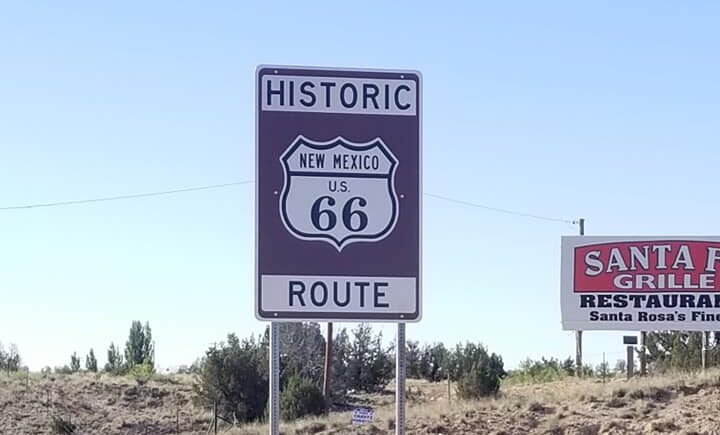


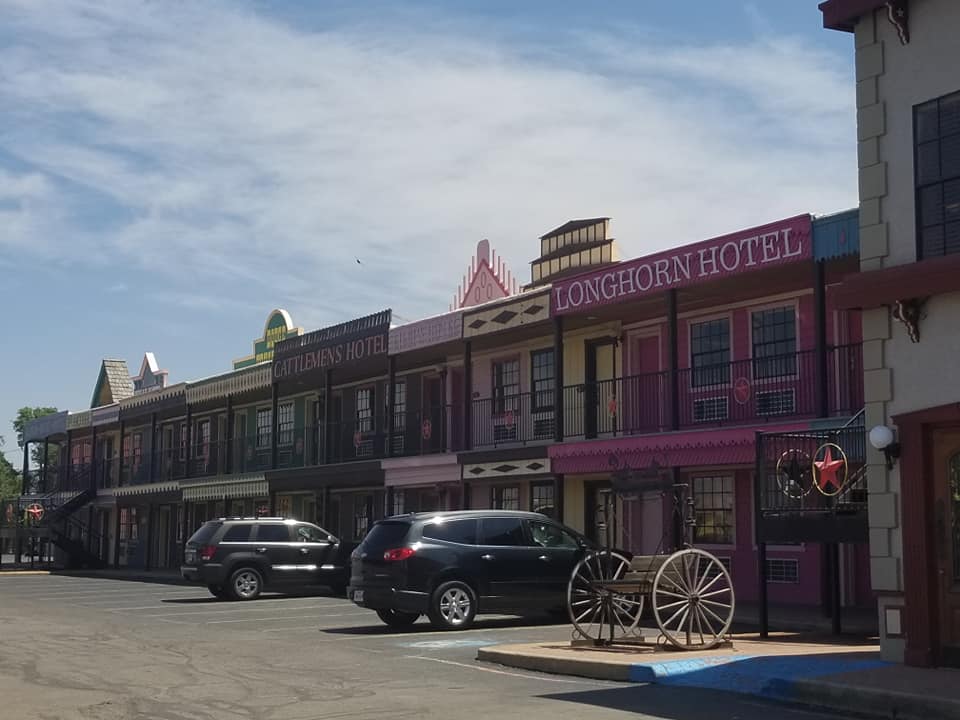

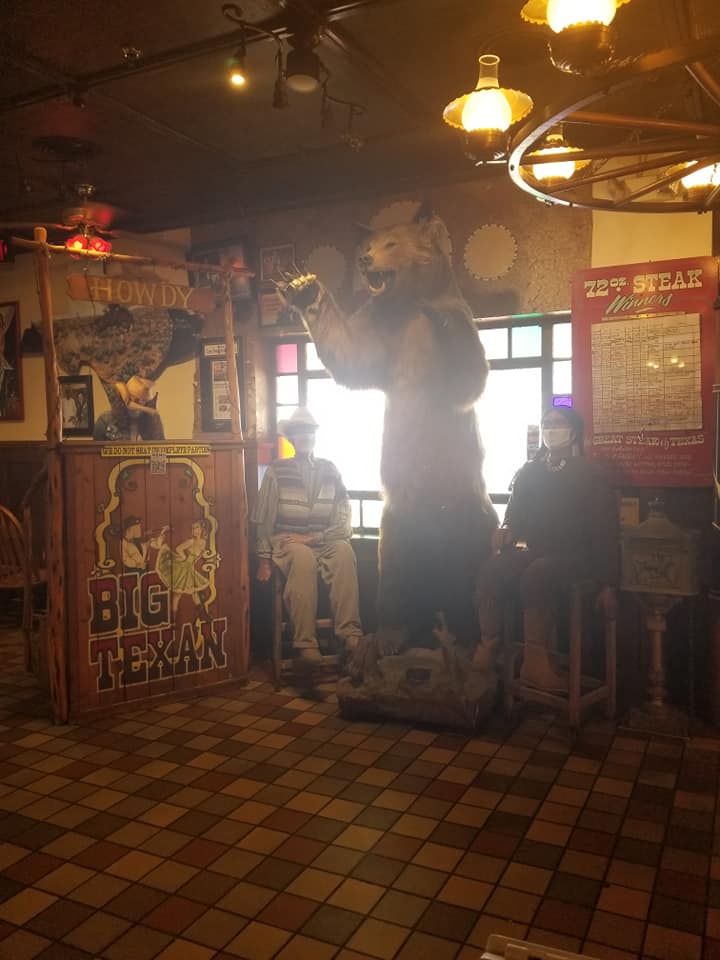


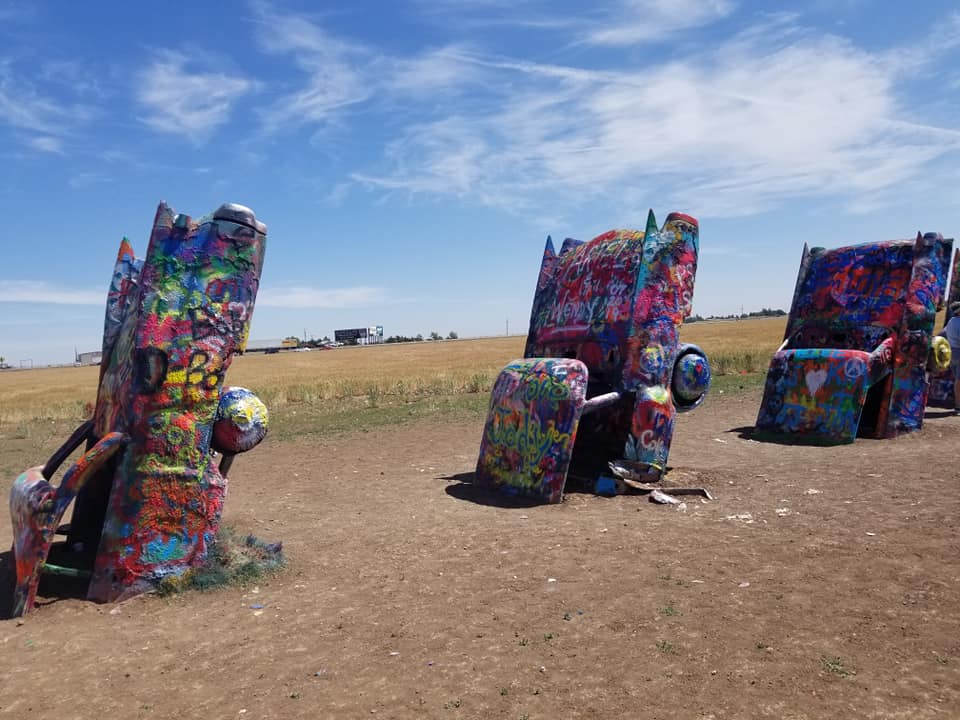
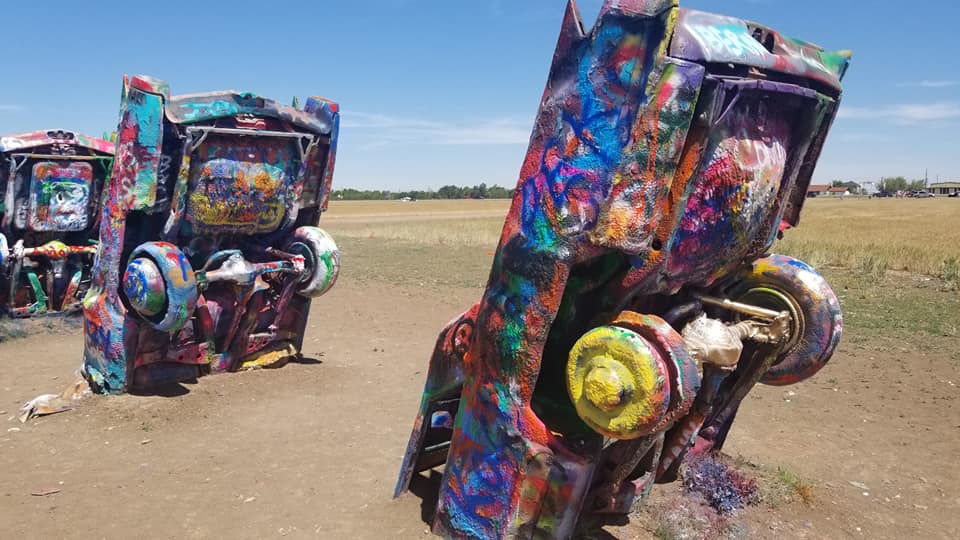
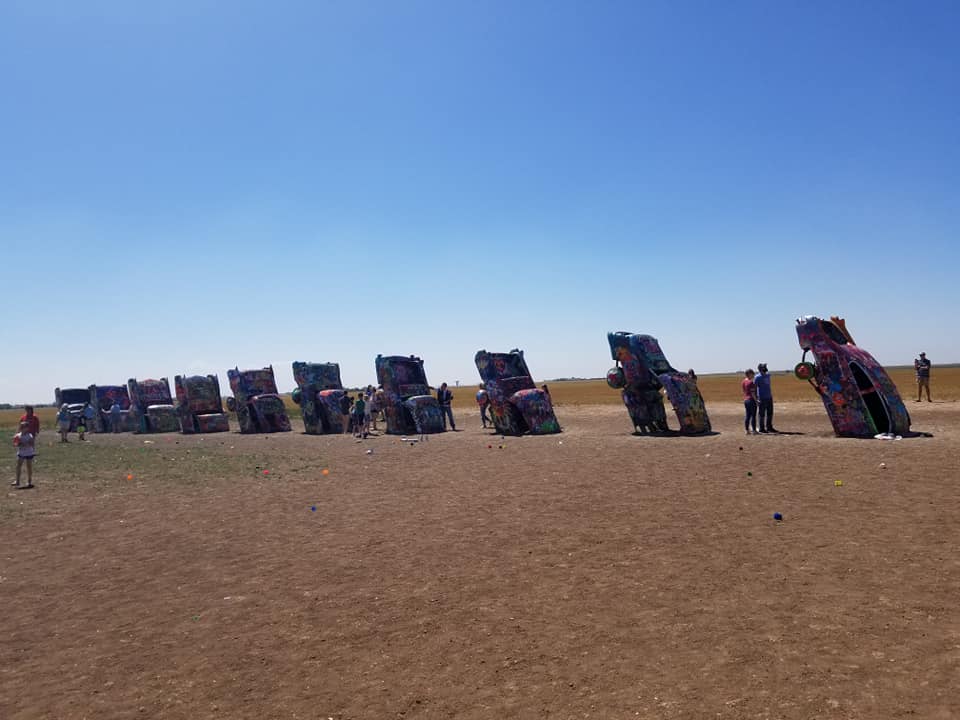
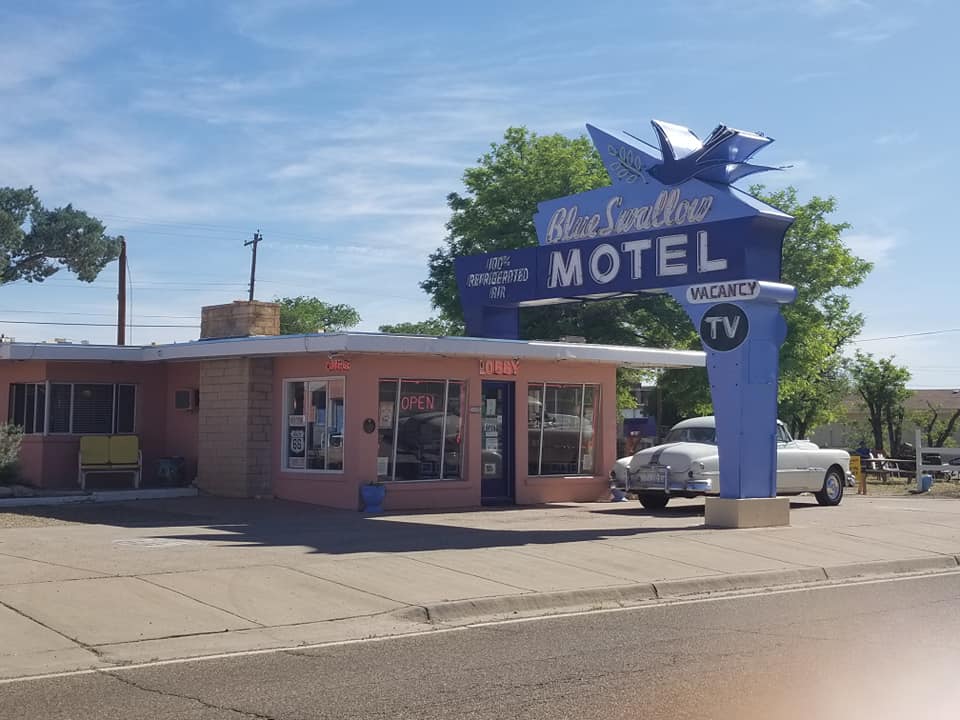





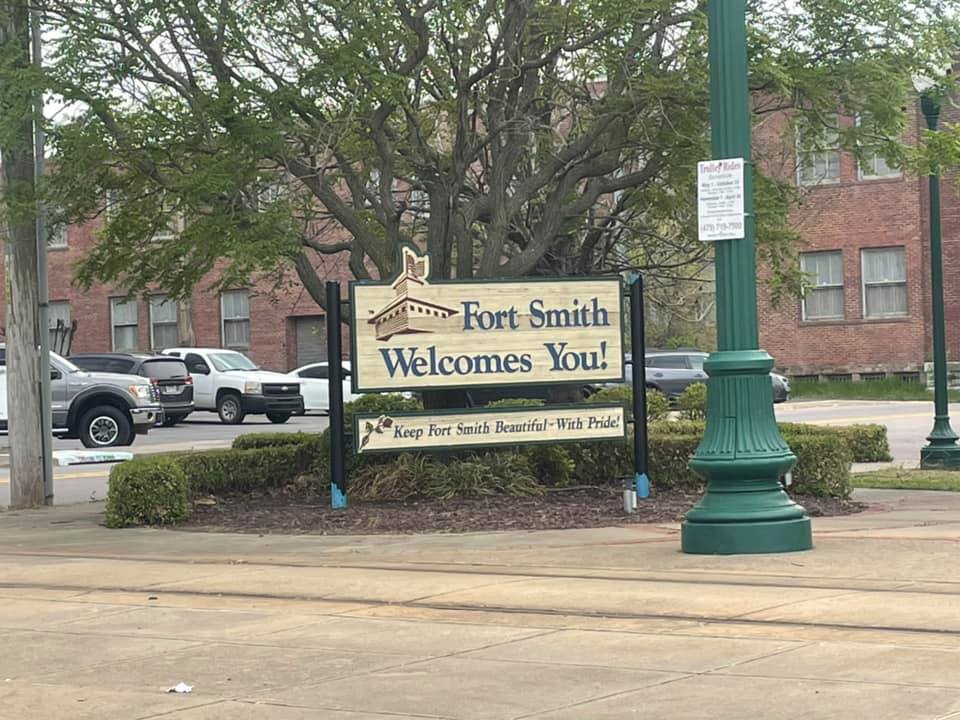


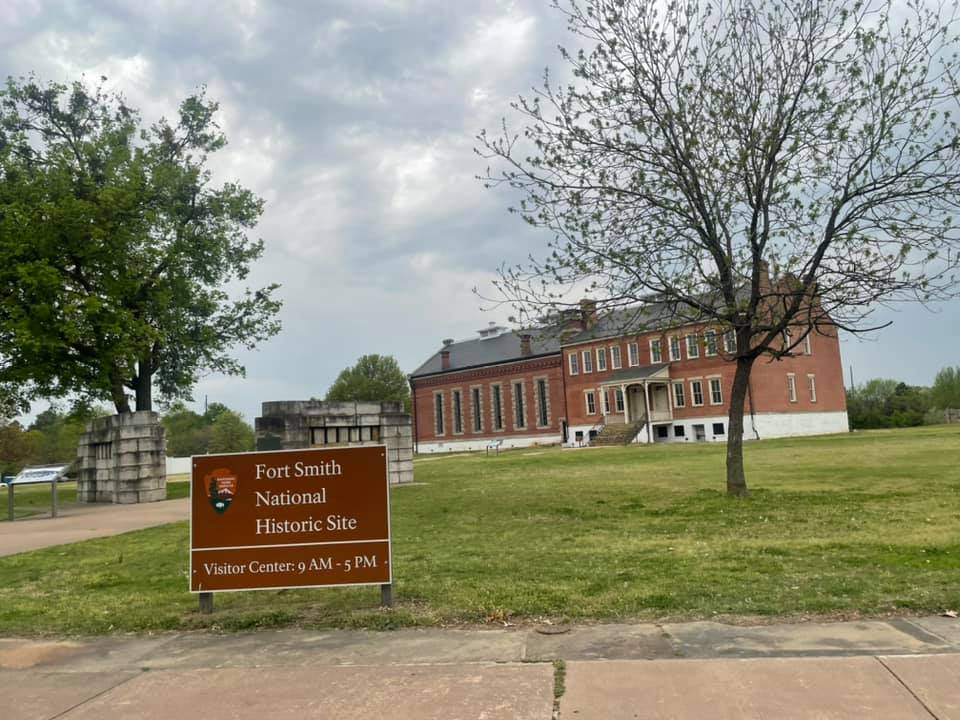



Leave a Reply